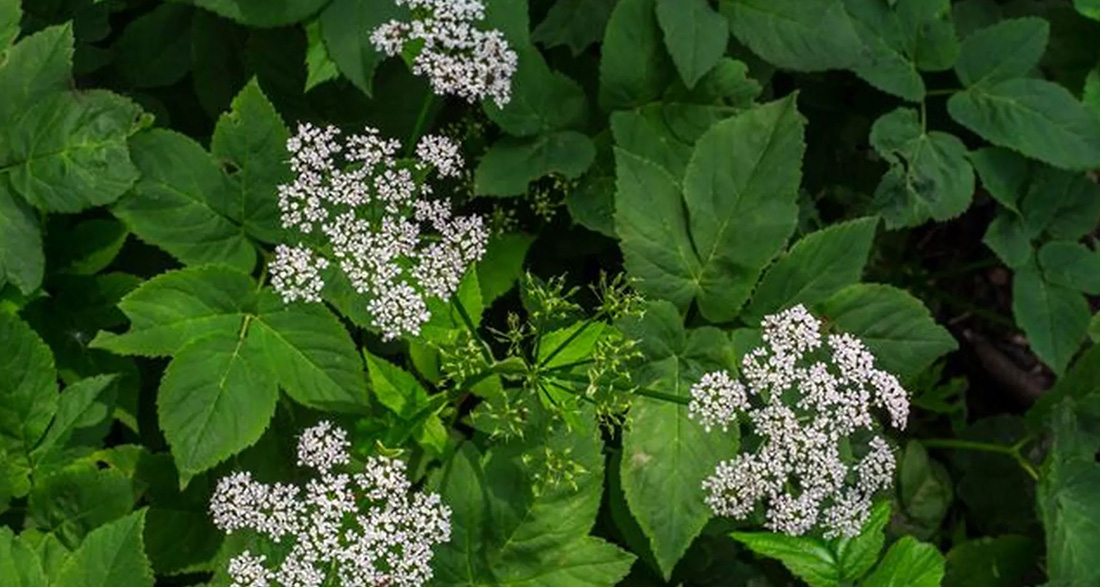Ground elder grows rapidly in the garden and can be quite difficult to eradicate. Here are some tips on how to get rid of this nuisance.
The tricky part about ground elder is its sophisticated method of reproduction. This troublesome weed spreads not only through its seeds but mainly through so-called rhizomes, also known as creeping roots.
This creates an extensive underground root network that is extremely robust. If even a small part of the roots remains in the ground, new plants will form, and the trouble with ground elder begins anew. Here’s how you can avoid this.
Troublesome Weed: How to Get Rid of Ground Elder
BE PERSISTENT
To drive out the green intruder, you need to be even more persistent than it is. As soon as the first shoots appear, you should cut the ground elder at ground level and repeat this procedure whenever it starts to recover. If you stick to this method consistently—requiring a lot of patience—you will gradually weaken the plant.
WORK THE SOIL
Another option is to work the soil step by step with a digging fork and thoroughly sift out the ground elder roots.
Caution: No root remnants should be left behind, otherwise the ground elder will regrow. For this reason, never simply turn over a piece of soil that the plant has claimed as its territory. This only gives the impression that you have defeated the weed temporarily. In reality, ground elder thrives in turned soil and will reappear.
USE WEED CONTROL FABRIC
Alternatively, try using weed control fabric if you want to plant a new bed. The rhizomes in the soil cannot sprout to the surface this way.
Plant the desired flowers and plants in the bed by cutting openings in the fabric. Then cover it with a layer of bark mulch about ten centimeters thick. After two years, the fabric will have decomposed, and most of the ground elder’s rhizomes will have died off. However, the uninvited guest can still occasionally appear.
Why Ground Elder Also Has Its Good Sides
As persistent and annoying as it is in the bed, ground elder is not just a weed but also a wild herb and edible. The young leaves can be wonderfully processed into salad or cooked like spinach. So, if you lose the battle against ground elder, don’t get too frustrated and instead try some new recipes.

